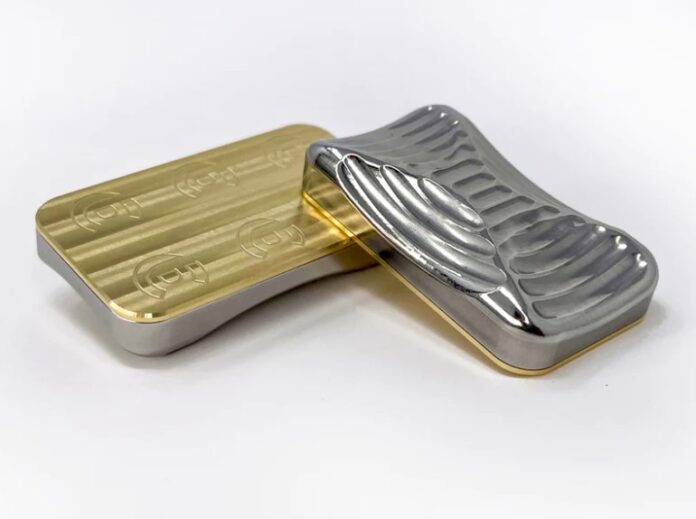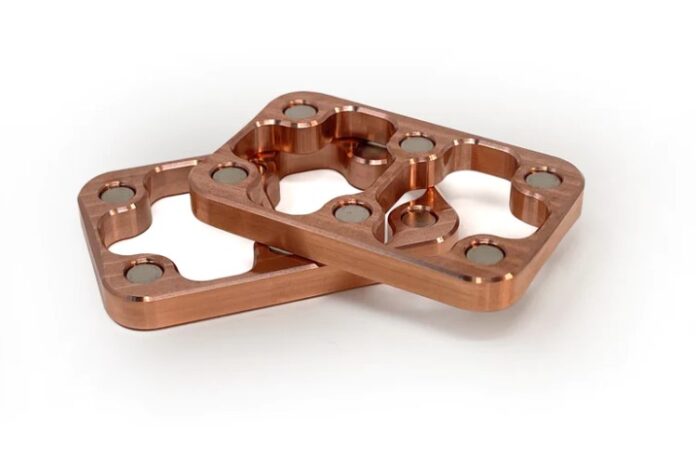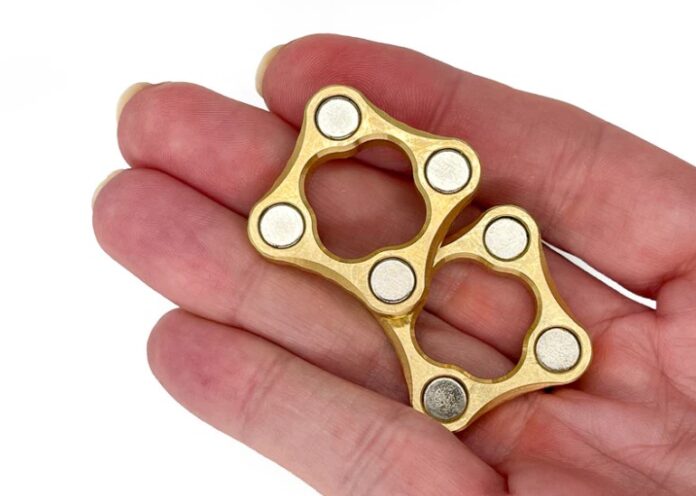
Fidgeting is a behavior that nearly everyone has engaged in at some point in their lives. Whether it’s tapping our feet, drumming our fingers, or twirling a pen, fidgeting is a ubiquitous human activity. We often associate it with restlessness or distraction, but what if I told you that fidgeting could be a powerful tool for improving both our mental and physical well-being?
In this blog post, we’ll delve deep into the science of fidgets, exploring their psychological and physical benefits, their role in stress reduction, and how they can enhance focus and productivity.
We’ll also discuss the different types of fidget tools and provide strategies for incorporating them into daily life, as well as their potential as aids for certain conditions.
Explanation of What Fidgets Are and Examples
When people are restless or worried, they frequently engage in little, repeated actions or behaviors without even realizing it. These behaviors can include chewing gum, fiddling with one’s hair, clicking a pen, or even tapping one’s foot.
Fidgets, which may take many different forms, essentially act as a release for excess energy or anxiousness. While some people choose to utilize stress balls, spinners, or worry stones, others may prefer to do things like draw, crochet, or just shift their weight from one foot to the other.
The Psychological Benefits of Fidgeting

Contrary to the belief that fidgeting is a sign of distraction, research has shown that it can actually have several psychological benefits. One of the primary advantages is its ability to reduce stress and anxiety. It can serve as a coping mechanism, helping individuals manage their emotions during tense situations. The repetitive nature of these actions can also be calming and soothing, providing a sense of control and comfort.
Additionally, it has been linked to increased creativity and problem-solving abilities. When our hands are engaged in a simple, repetitive task, our minds are free to wander and make new connections, fostering innovative thinking. This is why many people find that they come up with their best ideas while fiddling.
The Physical Benefits of Fidgeting
Beyond its psychological advantages, it can also bring about physical benefits. For instance, it can help burn extra calories. While the calorie expenditure from fidgeting may be minimal, over time, it can contribute to weight management. Moreover, it can help improve muscle tone and flexibility, as it often involves subtle, repetitive movements.
Another physical benefit of this action is improved circulation. When we fiddle, we are promoting blood flow to various parts of our bodies, which can be particularly beneficial for those who spend long hours sitting at a desk. Enhanced circulation can reduce the risk of blood clots and muscle stiffness.
Fidgeting’s Role in Stress Reduction
Stress is a common aspect of modern life, and finding effective ways to manage it is essential for our overall well-being. It can play a significant role in stress reduction by providing an outlet for nervous energy and tension. When we engage in fiddling, it helps to dissipate the physical symptoms of stress, such as increased heart rate and muscle tension.
Furthermore, it can act as a distraction from stressors. When we focus on an activity, we temporarily shift our attention away from the sources of our stress, allowing our minds to reset and regain a sense of control. This can be especially helpful in situations where immediate stress relief is needed, such as during a challenging work presentation or an exam.
How Fidgeting Can Enhance Focus and Productivity

One of the surprising benefits is its potential to enhance focus and productivity. While it may seem counterintuitive, research has shown that engaging in a mild activity can improve concentration, particularly in tasks that require sustained attention. The rhythmic motion can help individuals stay engaged and alert.
Moreover, it can be a useful tool for managing boredom. When we are bored, our minds tend to wander, and our productivity suffers. It can provide a subtle form of stimulation that keeps our brains active, preventing us from zoning out during tedious tasks.
Insights from Scientific Studies
Scientific studies have shed light on the benefits. One study published in the Journal of Abnormal Child Psychology found that children with attention deficit hyperactivity disorder (ADHD) who used tools, such as stress balls or textured objects, showed improved attention and concentration in classroom settings. This suggests that it can be particularly beneficial for individuals with ADHD or similar conditions.
Another study published in the journal “Applied Ergonomics” examined the effects of foot tapping on office workers’ productivity. The results indicated that those who engaged in foot tapping while working at their desks reported feeling more focused and accomplished their tasks more efficiently.
Types of Tools and Their Effectiveness
Tools come in a wide variety, catering to different preferences and needs. Some popular options include stress balls, fidget spinners, textured cubes, magnetic fidget sliders, and rings. These tools offer tactile stimulation and can be discreetly used in various settings.
The effectiveness of a tool largely depends on individual preferences. Some people may find stress balls helpful for relieving stress, while others might prefer the rhythmic motion of a spinner. It’s essential to explore different options and discover which tool works best for you.
Strategies for Incorporating Fidgets into Daily Life

Incorporating them into your daily routine can be a straightforward and effective way to reap their benefits. Start by identifying situations where you tend to feel restless or anxious, such as during meetings, while watching TV, or when sitting in traffic. In these moments, have a tool or activity readily available to help channel your excess energy and improve focus.
Additionally, consider incorporating twitching into breaks or moments of relaxation. Instead of mindlessly scrolling through your smartphone, try engaging in an activity that can help you unwind and recharge.
Fidgeting as a Potential Aid for Certain Conditions
A number of conditions have shown promise when treated with buzzing. As previously indicated, it can be especially helpful for those with ADHD, assisting them in maintaining attention and controlling restlessness. Furthermore, fidgeting can help those with anxiety problems by giving their anxious energy a relaxing outlet.
In recent years, fidget tools have gained popularity among individuals on the autism spectrum. These tools can help individuals with autism self-regulate and manage sensory sensitivities, improving their overall quality of life.
Conclusion ─ Embracing Fidgets for Improved Well-Being
In conclusion, fidgeting, often seen as a common behavior, holds remarkable potential for enhancing both our mental and physical well-being. Its psychological benefits include stress reduction, improved creativity, and enhanced problem-solving abilities. On the physical front, it can help burn calories, improve muscle tone, and boost circulation.
Scientific studies have highlighted the positive impact of fidgeting on focus and productivity, making it a valuable tool for individuals of all ages. With a wide range of fidget tools available, there’s something for everyone, and incorporating fidgeting into your daily routine is a simple yet effective way to harness its benefits.











